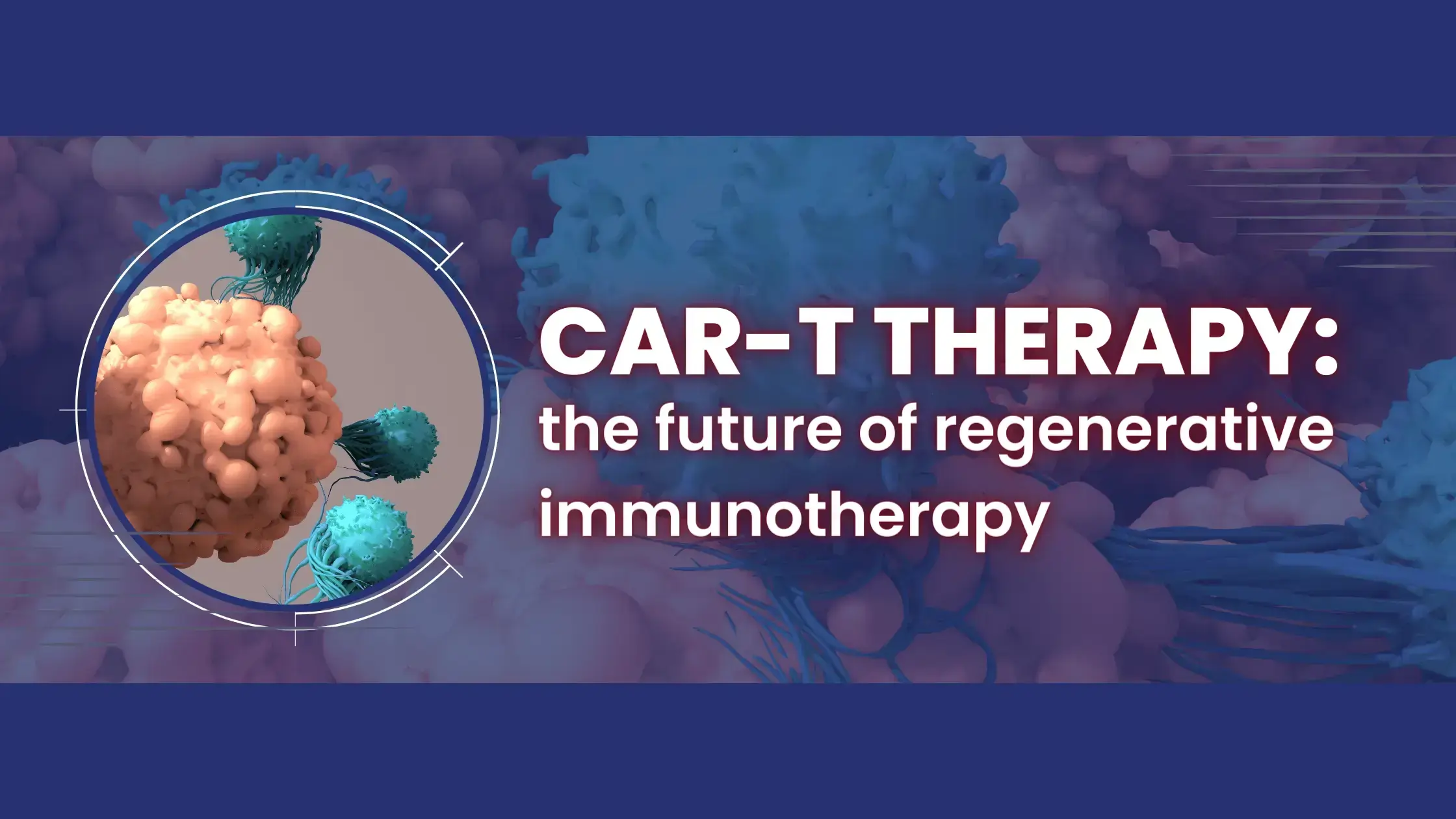

Image Credit: OriGen Biomedical
The AI benefits are sound and clear, with the vast data sets that are essential for impactful AI unification, which is said to be a challenge. This is a fact for the cell therapy companies as they are searching for different ways to alleviate development costs. The two leading experts at Charles River Laboratories have introduced insightful knowledge by showcasing their takeaways from their own experience of AI integrations. In the vast spectrum of the life sciences industry, companies are continuously trying their best to embed AI tools into their general processes.
The industries establishing cell therapies like CAR T therapies are mainly keen towards AI integration to mitigate the cost of drug manufacturing and development, presenting as a low-cost treatment for the payers and patients while elevating patient access. The mapping of the challenges and nuances of this unification can come up as a difficult time. There was a conversation between Biospace and the director of process development at Charles River Laboratories, Alex Sargent, along with his colleagues, Alan Smith, an executive director, global scientific portfolio management, CDMO, to better have an accurate understanding of the practical and committed challenges of AI tools unification.
The term data has been circulating for years to the extent that the title ‘garbage in, garbage out’ succeeded in getting the attention. Following this, a data-centric meeting is necessary. Sargent stated that the most fascinating unexpected discovery for teams heading into business in the AI-powered CAR T therapy development has been the range of data requirements fundamental for forming effective models. Sargent has been working on the depth and expansion of machine learning (ML) applications in the CAR T therapy processes. This is the first issue he faced in data challenges.
With the advancement in cell therapy, Smith said, “I’ve considered that the new challenges around data management and optimisation will arise. This is a complexity and an opportunity for AI in the CAR T therapy development. As there is are increased amount of information or additional available, there is an upgraded understanding of the impact and connection in biology. I feel one of the challenges is how you handle growth management and provide information accordingly. Also, how appropriately you can define the period of data acquisition in your huge data set is useful or considerable?”